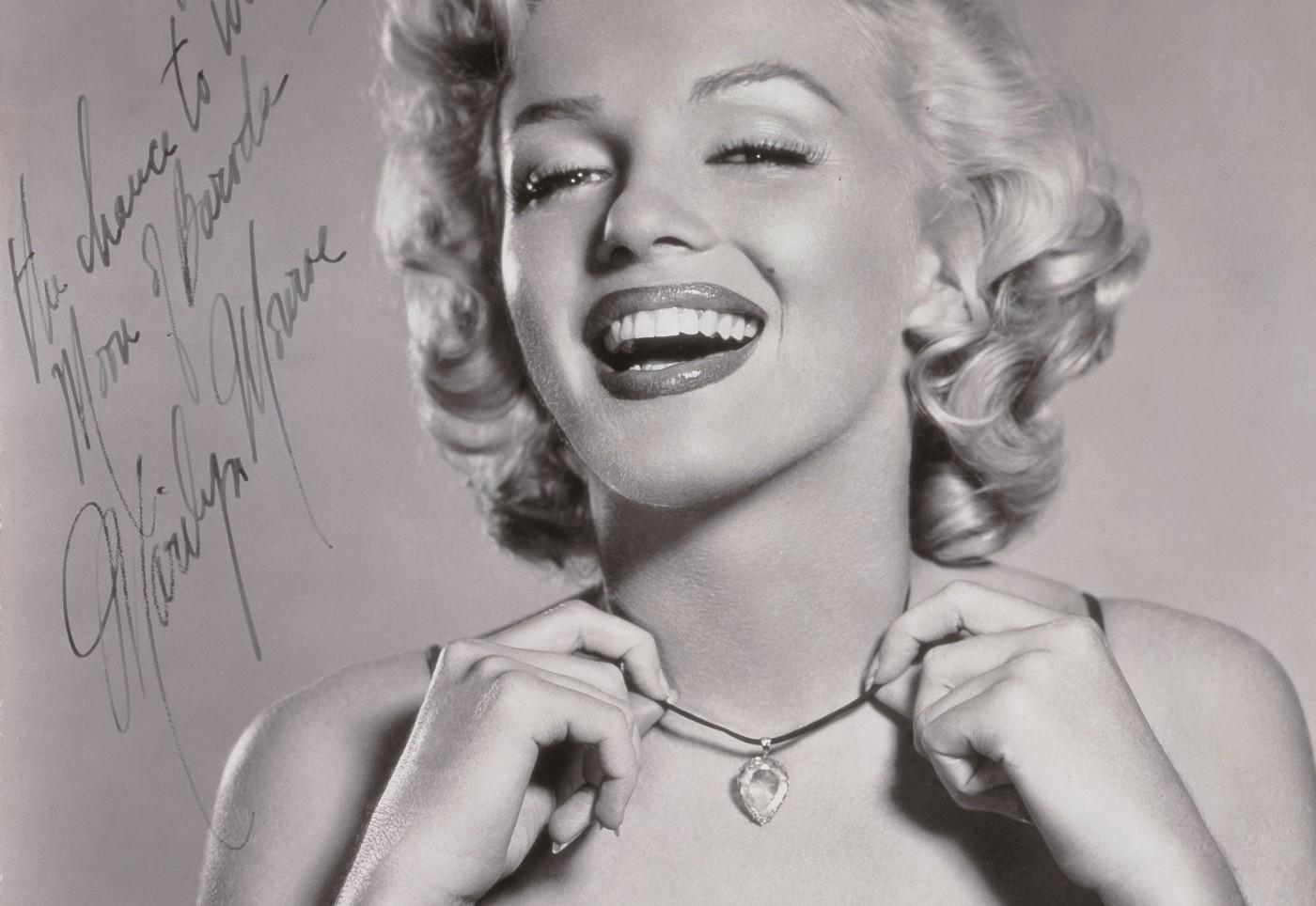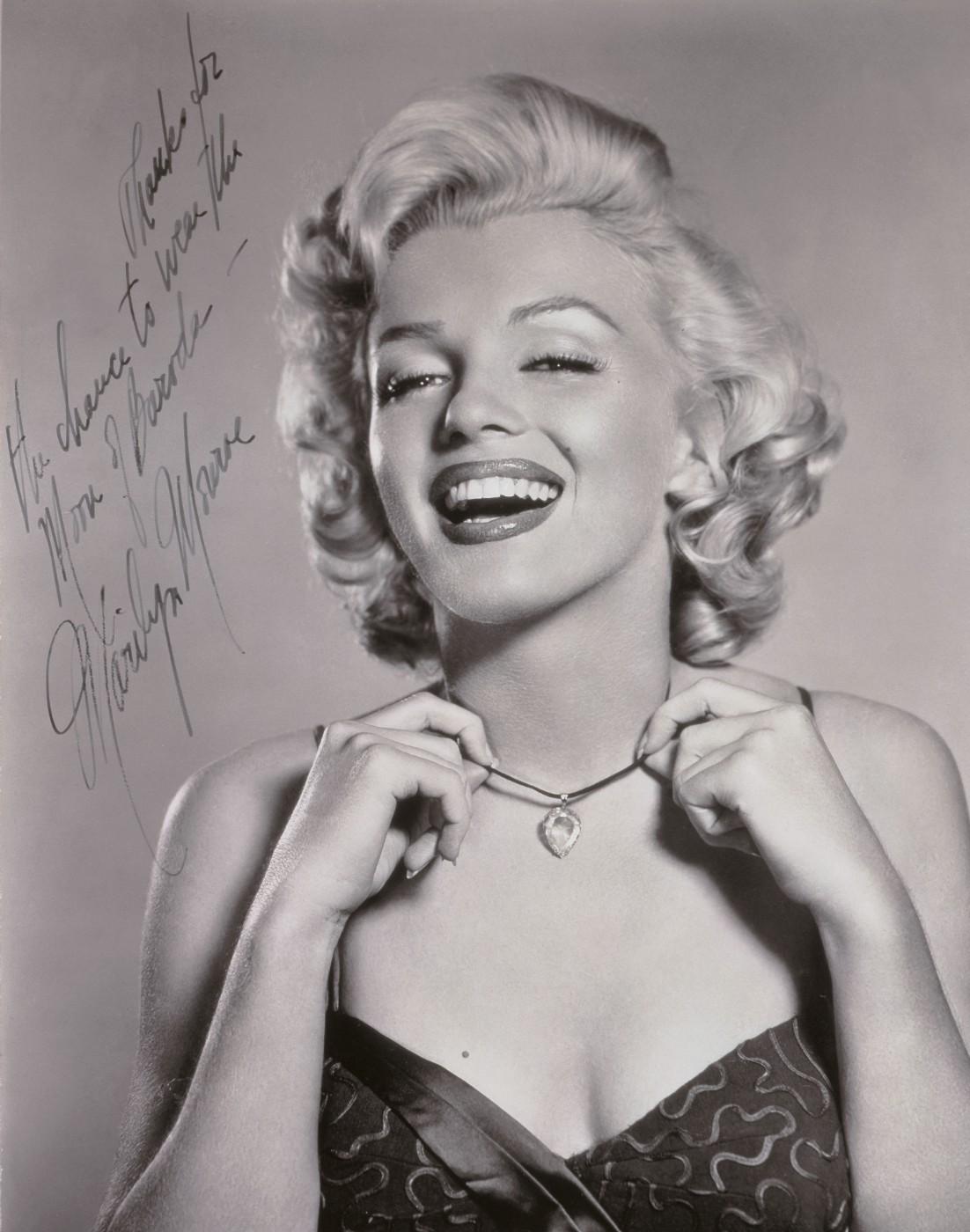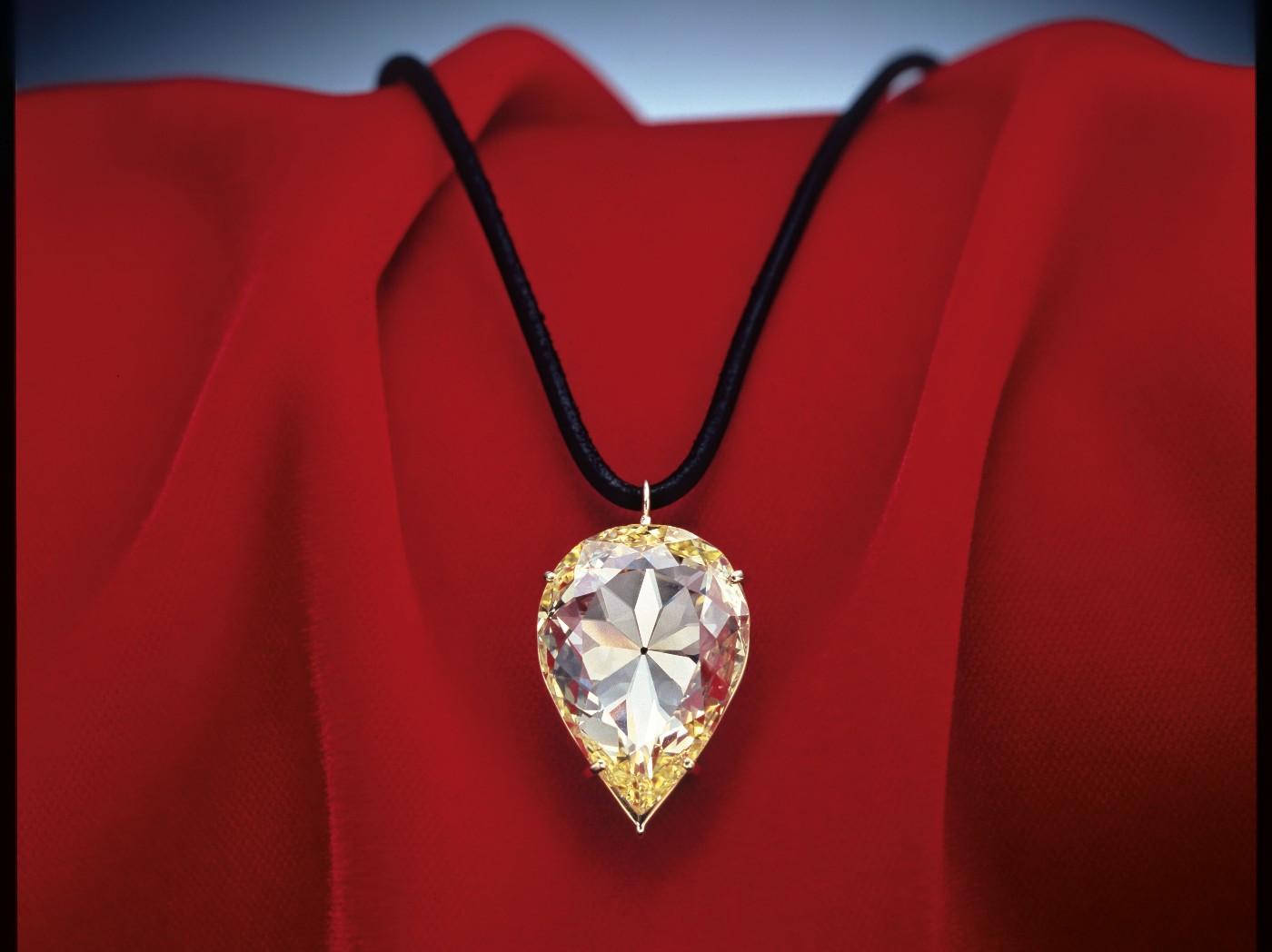“We believe it was discovered in the 15th or 16th century. It has a very rich history,” says Christie’s Asia’s Connie Luk. “The fact that Marilyn Monroe wore it in early fifties gets a lot of attention. It was in the hands of the private collectors for many years.”
The earliest collectors would be the Gaekwads of Baroda, princes of one of India’s most ancient and powerful ruling families. It was later gifted to the Habsburg Dynasty’s only female monarch, Maria Theresa of Austria, but was returned to the Gaekwads after her death in 1780. In 1860 it was fitted to a necklace and soon landed in the collection of Prince Ramachandra. It was brought it to the U.S. in 1926 and later exhibited in L.A. during the Easter Fashion Festival of 1942.
Some time in the early 1940s it was sold to Samuel H. Deutsch, a diamond cutter and jewelry manufacturer in Cleveland, Ohio. A few years later, it was sold to Meyer Rosenbaum, President of the Meyer Jewelry Company in Detroit. Rosenbaum leant it to Monroe in 1953, the legendary actor’s breakout year.
The Gemological Institute of America has authenticated the stone’s provenance from the South Indian Golconda mine. Considered the world’s first diamond mine, it has been producing gems for 3,000 years, including such stones as the Hope Diamond and many of the gems in the British Crown jewels.































